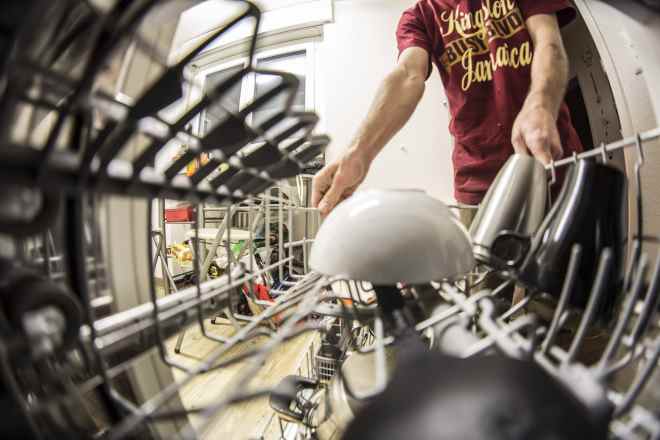Technological Leap: Delving into the Wonders of Hydrogen Fuel Cell Vehicles
A new frontier in automobile technology has emerged, capturing the world's attention with its promise of clean energy and high efficiency. This is the era of Hydrogen Fuel Cell Vehicles (HFCVs), a revolution that is slowly reshaping the global automotive landscape. Let's take an exciting journey into the world of HFCVs, examining their history, current trends, and the impact they have on the industry.

The Advent of Hydrogen Fuel Cell Vehicles: A Historical Overview
The concept of using hydrogen as a fuel source is not a new one. The idea was first proposed in the 19th century, but it wasn’t until the 1960s that it became a reality. This was when General Motors (GM) introduced the Electrovan, the world’s first hydrogen fuel cell vehicle. Although the Electrovan never made it to mass production due to its high cost and technological limitations, it paved the way for future advancements in HFCV technology.
A Peek into the Present: Current Trends in HFCV Technology
Fast-forward to today, and hydrogen fuel cell technology has made significant strides. Major automotive manufacturers, such as Toyota and Honda, have launched their own versions of HFCVs. The Toyota Mirai and Honda Clarity, for instance, are testament to the advancements in this technology, offering a driving range similar to conventional gasoline vehicles, but with zero harmful emissions.
The Impact of HFCVs: A Shift in Industry Dynamics
The emergence of HFCVs has had a profound impact on the global automotive industry. It has paved the way for a new era of clean energy vehicles that offer a viable alternative to traditional fossil fuel-powered cars. In addition, HFCVs could potentially alleviate some of the issues associated with electric vehicles, such as long charging times and limited driving ranges.
The Pros and Cons: Balancing Benefits and Challenges
Despite the numerous benefits of HFCVs, they are not without their challenges. The lack of infrastructure for hydrogen refuelling, the high cost of fuel cell technology, and the fact that hydrogen is less energy-dense than gasoline are some of the hurdles that need to be overcome. Nonetheless, the potential benefits of HFCVs, including their environmental sustainability and high energy efficiency, make them a promising prospect for the future of transportation.
Final Thoughts: Looking Ahead to a Hydrogen-Powered Future
As we look to the future, hydrogen fuel cell vehicles represent a significant step towards a cleaner, more sustainable automotive industry. Although challenges remain, ongoing research and development efforts continue to push the boundaries of what is possible with HFCVs. While we are still in the early stages of this technological revolution, the potential for hydrogen to reshape the automotive landscape is undeniable.
In conclusion, the journey of hydrogen fuel cell vehicles, from their inception to their present-day advancements, is a testament to the constant evolution of automotive technology. It’s a fascinating story of innovation, resilience, and a relentless pursuit of a cleaner, more sustainable future. And it’s a story that is still unfolding, promising exciting chapters ahead.




